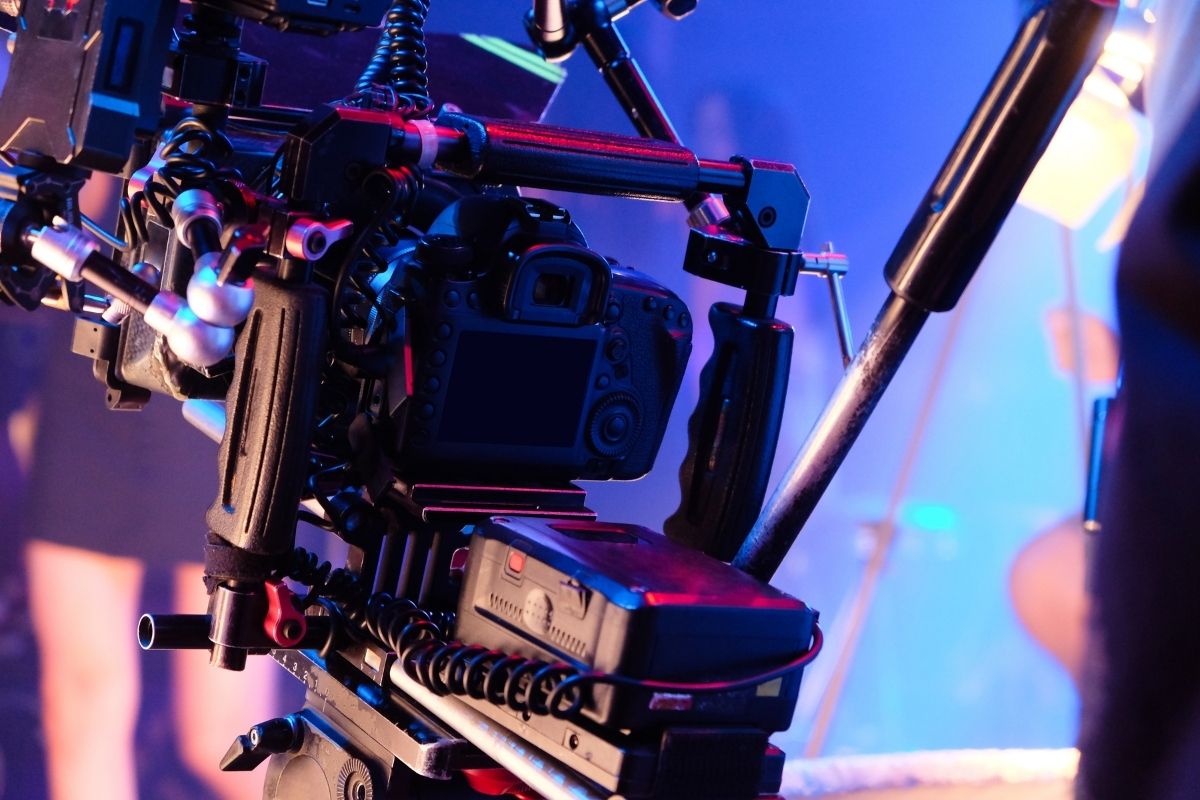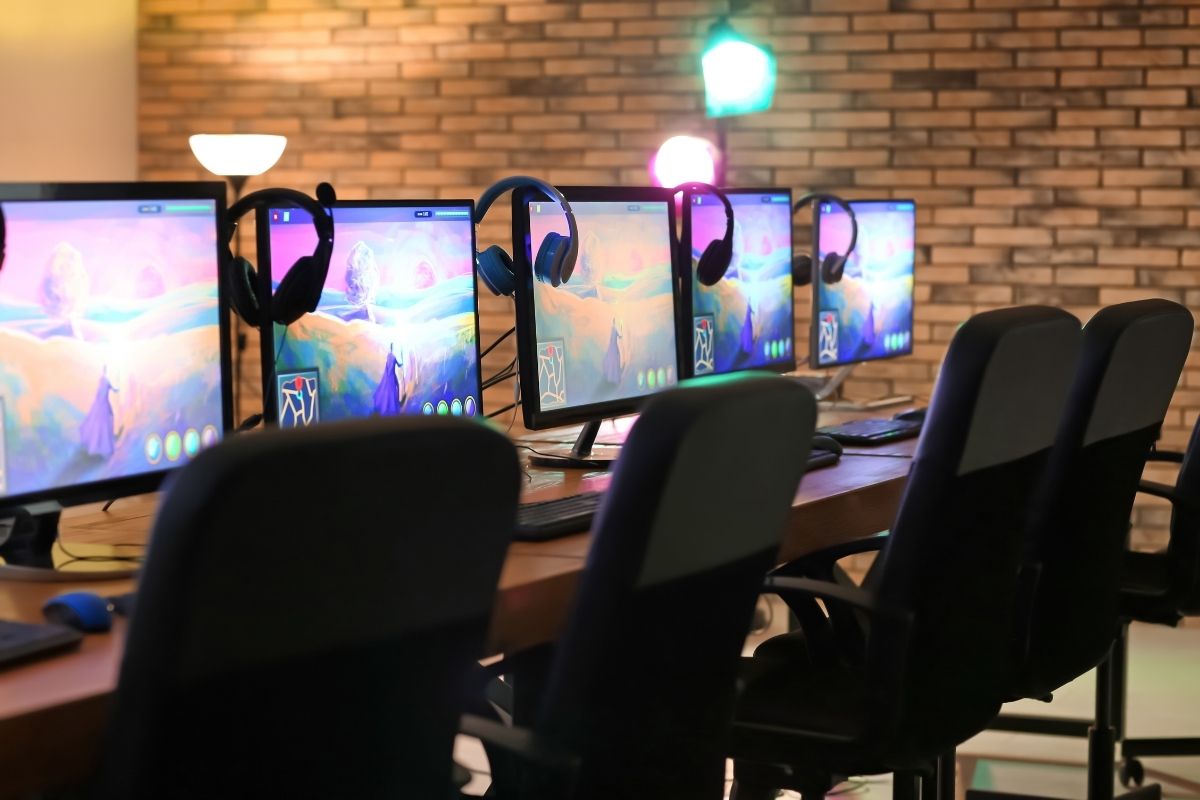Toward Democratized Cinema: Working on the Outside
“Oscar Micheaux, (born 1854, died 1951) was an important African American filmmaker. Micheaux had a different, sort of parallel film career compared to other filmmakers of the era. While the early days of commercial American cinema were dominated by a handful of studios—white heterosexual men telling a certain kind of story—Micheaux worked independently, making distinct kinds of film specifically for Black audiences, known at the time as Race Films.”
Liberated from the sound stages, indie filmmaking begins
When film equipment became smaller, more portable, it paved the way for other types of film to burst upon the scene. Italian neo realism, auteur theory. It was then that films representing these cinema styles began showing up in American arthouse theaters. Shown mostly in urban areas like New York, San Francisco, Boston, and-Los Angeles, filmgoers started to watch these films and get new ideas.
Around the same time, in the 1960s and 1970s, there was a cultural inflection that coincided with the civil rights movement, the anti-war movement. There was a whole counter-cultural group of people who wanted to express a new kind of story.
This led to the emergence of new filmmaking styles, voices, and visions. John Cassavetes was one important filmmaker who made the type of films that led to the American independent film movement.
Independent film always had more diversity than the studios, but not as much as they could. Though the film industry was still dominated by white, middle class cis-gender males this slowly started to change.
The aperture started to widen.
In the 1970s, we finally started to see more interesting films being made by women and people of color. And this movement only grew over the years.
###





